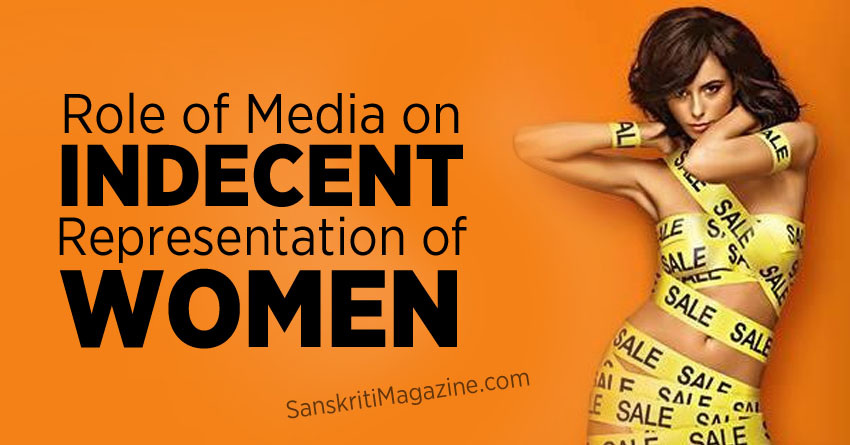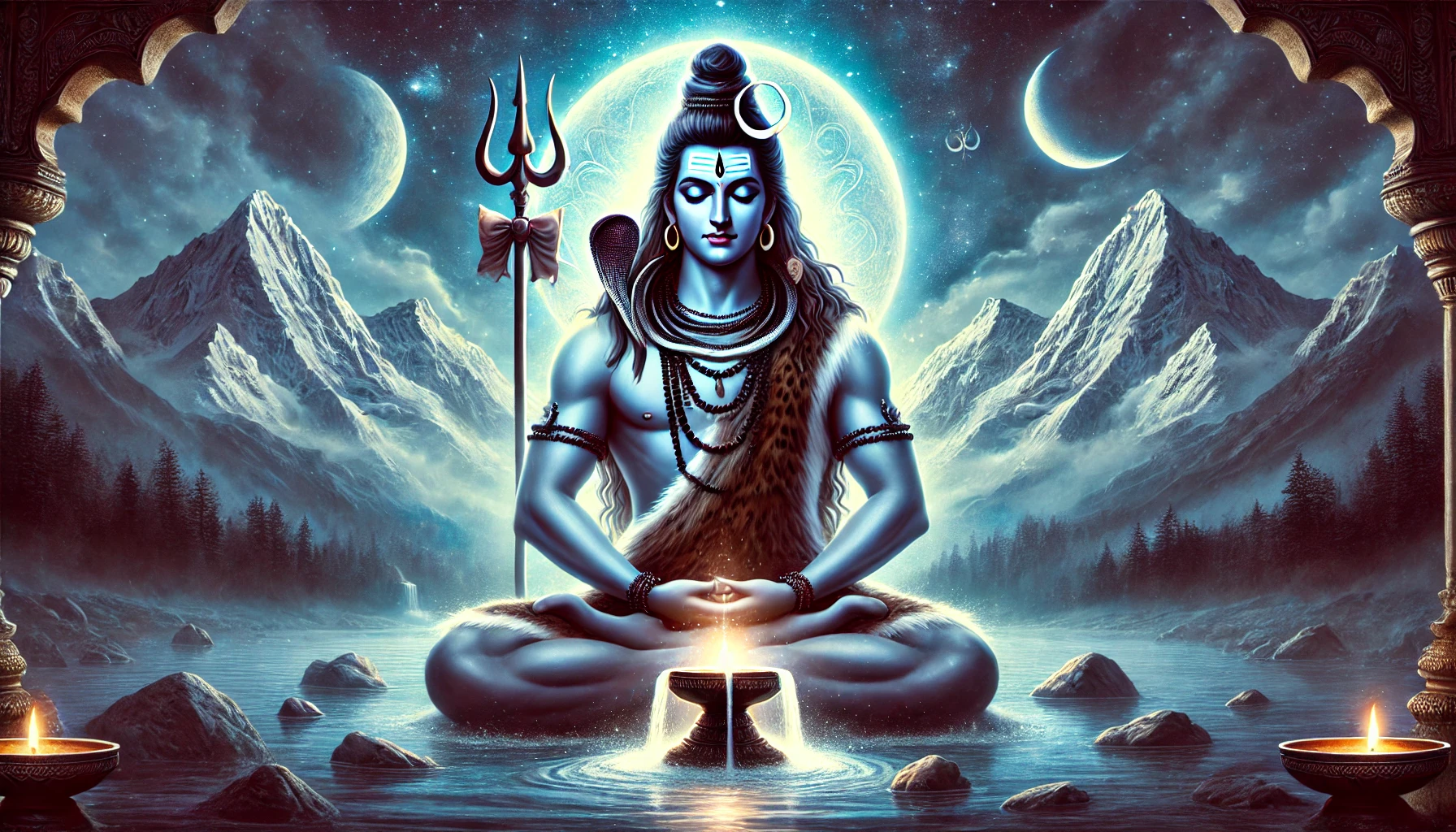In the modern world, the importance of the media cannot be underestimated. Media is the radar that captures the mood, pulse and ideologies of the age; it is the beacon light that illuminates the pathways of democracy especially in conflict situations. In this sense, it helps the civil society cohere. An enduring feature of public life in the recent years has been an enhanced interface between media and ordinary people. The media today matters more than at any other time. It is known as the Fourth Estate. Yet it’s a very mixed bag, with enormous variations.
It is true that the media plays the magic multiplier role in the process of development. The communication media accelerates the process of development by involving, persuading an transforming people. Media has proved to be one of the important instruments of social change in Indian society. In the corridors of the social change institutions, it is observed that media promotes consumer tastes and values, often alien to Indian culture and traditions. There is far too much sex and violence, portrayal of women is sexists and stereotypical.
Indecent Portrayal of Women by the Media:
In recent years it has been observed that the media has emerged in a big way as the major exploiter of woman, with changing times new ways of expression social power have been fashioned which target the weaker components of society. The most vulnerable target are women.
In last few years, a large section of the media and particularly the leading ones have taken liberty to flout all norms related to obscenity. A systematic overdose of nudity and vulgarity is being forced into the brain of common viewer through Newspapers, Television, Films, Magazines, Hoardings and posters. Cable and satellite television have grown rapidly throughout the developing world. Of all the popular means of mass media, television has the greatest mass appeal and acceptance. The portrayal of gender as a product and the accompanying body politic in the media is well documented. The impact of visual media as a very powerful vehicle for communicating idea and images is known to be tremendous. Television creates a world which seems very real and viewers are unable to differentiate between the contrived world and the real one. The impact of television is more on the young children and adolescents, who sit in front of the television and for hours, the succession of pictures become imprinted on minds and are still impressionable.
However, a major share of the space in the media is today occupied by advertisement. That is also one of the problem areas for women because advertisements are, by their very nature meant, to attract the attention of the consumer to the product advertised. If an attractive woman does this job of attracting attention, then she is going to be used for that purpose. With the emergence of women as consumers of products, there has been a subtle change in the nature of advertisements that are put out which appeal to women as consumers, rather than showing women for the purpose of attracting customers to the product.
Women play a very significant role in advertising today both as consumer and as influencers. The depiction of women in Indian advertising has been a topic of debate for a while now .The experts against the indecent representation of women in advertising strongly believe that the women’s moral and social status is mainly determined on the basis of the degree of exposure of her physical form to public view.
Women advertising redefine women attractiveness as something that is away from natural. There are advertisements where the females are shown in bad light. They are clad in skimpy clothes even when their presence in the advertisements has no relevance with the brand. There has been advertising campaigns where there has been a very decent portrayal of women and they have been very successful too like Titan, Raymond’s, Jewellery advertisement, cosmetic advertisements like L’Oreal etc. On the other hand few advertising gurus believe that in some of the brands the so called indecent representation of women plays an important role in brand recognition. For example condom, inner-wears have more impact on the audience when such representation is done, as it is provocative.
Advertising frequently commodifies women by exploiting their sexuality or by fragmenting the female body into eroticized zones such as hair, face, legs and breasts. Thus, in the exchange between the ‘commodity’ and ‘woman’ in advertisements, a woman becomes a commodity, too. Women are portrayed as sex objects who are probably cast to titillate the viewers by exposing their body parts. Women are shown wearing revealing clothes and taken leaning and yearning postures-signs of incompleteness or lack of security. Women and their body parts sell everything – food, clothing, car, computers, men’s shaving lotions and underwear. Even in commercials of the products consumed mostly by men—alcohol, Tobacco, cigarettes, briefs, women are used as models exposing their bodies. Glamour dolls in front of the cameras and ace photographers do the same behind the lenses thus trapping thousands of teenagers to believe in the miracle of the product.
What does the Law say?
The Indecent Representation of Women (Prohibition) Act, 1986 provides for the regulation of representation of women in the media. It prohibits indecent representation of women through advertisements, books, writings, paintings, figures or in any other manner. Section 4 prohibits the production, sale, hire, distribution, circulation, sending by post any books, pamphlets, slide, film, writing, drawing, painting etc., which contain indecent representation of women in any form. Yet advertisements showing women in an indecent way are aired day in and day out and hardly any action is taken.
The National Commission of Women (NCW) has suggested modifications in the Act and elaborates upon ways to strengthen it and make it workable so that the objectives can be achieved. The NCW recommended that section 2(b) of the Act be modified to read as “Derogatory representation of women means the depiction in any manner of the figure of a woman, her form of body or any part thereof in such a way as to have the effect of being derogatory to or denigrating women and is also likely to deprive, corrupt or endanger public morality or morals.’’ As per the above definition depiction in any manner of the figure of a woman, her form or her body or any part thereof would amount to indecent or derogatory representation if it has:
- The tendency to present a woman as a sexual object.
- The tendency to present a women as a sexual commodity for man’s pleasure, or
- The tendency to glorify woman’s subordination to man as an attribute to womanhood or
- The tendency to glorify ignoble servility as an attribute to womanhood, or
- The effect of being indecent or being derogatory to or denigrating women or;
- It is likely to deprave, corrupt or injure public morality or morals.
In spite of the law, gender concerns in the media is a serious concern today as the problems of women’s portrayal in the media, have been agitating the mind of the Civil Society and an attempt is being made to curb this growing problem continued incidences of obscene depiction of women in television and in the media in general call for a debate on the need for effective laws against them and proper implementation of the existing legal provisions. 6
Conclusion:
Media is the mirror of society and media reports are reflection of happening in the society. Media has immense power to influence the masses and IT revolution has further increased its importance. The role of media has become very important in shaping modern society. In a country like India, mass communication plays an important role in creating people’s awareness about national policies and programmes by providing information and education, besides healthy entertainment.
Suggestions:
Since Media is considered as the Fourth Estate, its function is to act as a guardian of the public interest and as a watchdog. As an important agent of socialization, besides family and school, contributing to the shaping of gender roles, its mechanisms for checks and balances with respect to gender need to be strengthened.
The media authorities should therefore, assume equal responsibilities with parents in creating conditions that enable projection of women in a decent dignified way and promote violence free programmes.
It is essential to enlist the support of policy makers and Parliamentarians on the appropriate policy and guidelines for the media to ensure that there is no negative portrayal of women.
The media professionals need to be sensitized on gender issues and a system of rewards may be developed for those who are able to portray women in positive manner. Likewise, stringent punitive action should be taken against those who defy the norms.
New innovative decent presentation of women, based on Indian distinct culture and society through media must be introduced. Simultaneously, western culture should not be imitated despite accepting dynamic globalization process.
Depiction of women, when a product or advertisement does not warrant it should be avoided by all concerned like the advertisers, advertising agencies and the media. The depiction should be relevant to the products, message, layout, i.e. in general to the advertisement.
The advertisers, advertising agencies and the media should consider it as their corporate social responsibility to be truthful and honest in advertising. They should avoid indecency and vulgarity in the advertisements and should follow norms of fair competition. The models posing for advertisements should also be sensitive to what the public would consider indecent and avoid such portrayal. It is also necessary to draw up guidelines for policy makers regarding advertising agencies and commercial production houses to encourage positive and realistic portrayal of women.
The last but not the least is the dire need to control T.V programmers. The children should be encouraged to see T.V. serials like Mahabharat, Ramayan, Lord Krishna, Jai Hanuman, Shiva Mahapuran and as such as to aware them that ours is a Karam Bhumi and not a Bhog Bhumi. Sabadvani and Veda Mantra through transformed music can create peaceful environment. It will all create an atmosphere where basic needs and basic values will become a target in life and our rich heritage will be reviewed with decency and morality. Though it is very difficult task yet it is not impossible.
~ Tanuja Panda, Lecturer in Law, Pravash Manjari Law College, Keonjhar and Research Scholar, P.G. Department of Law, Utkal University, Vani Vihar, Bhubaneswar.











